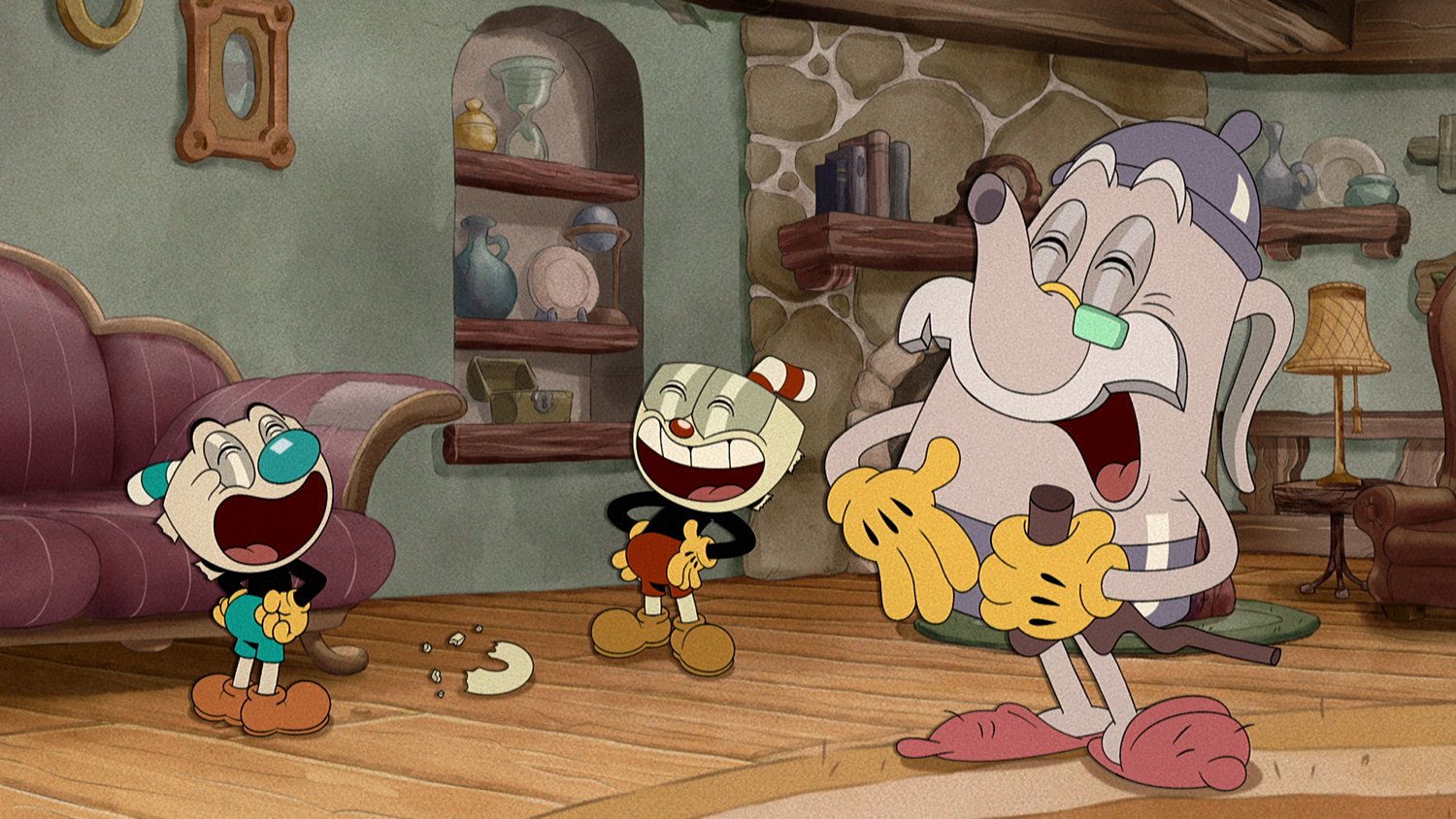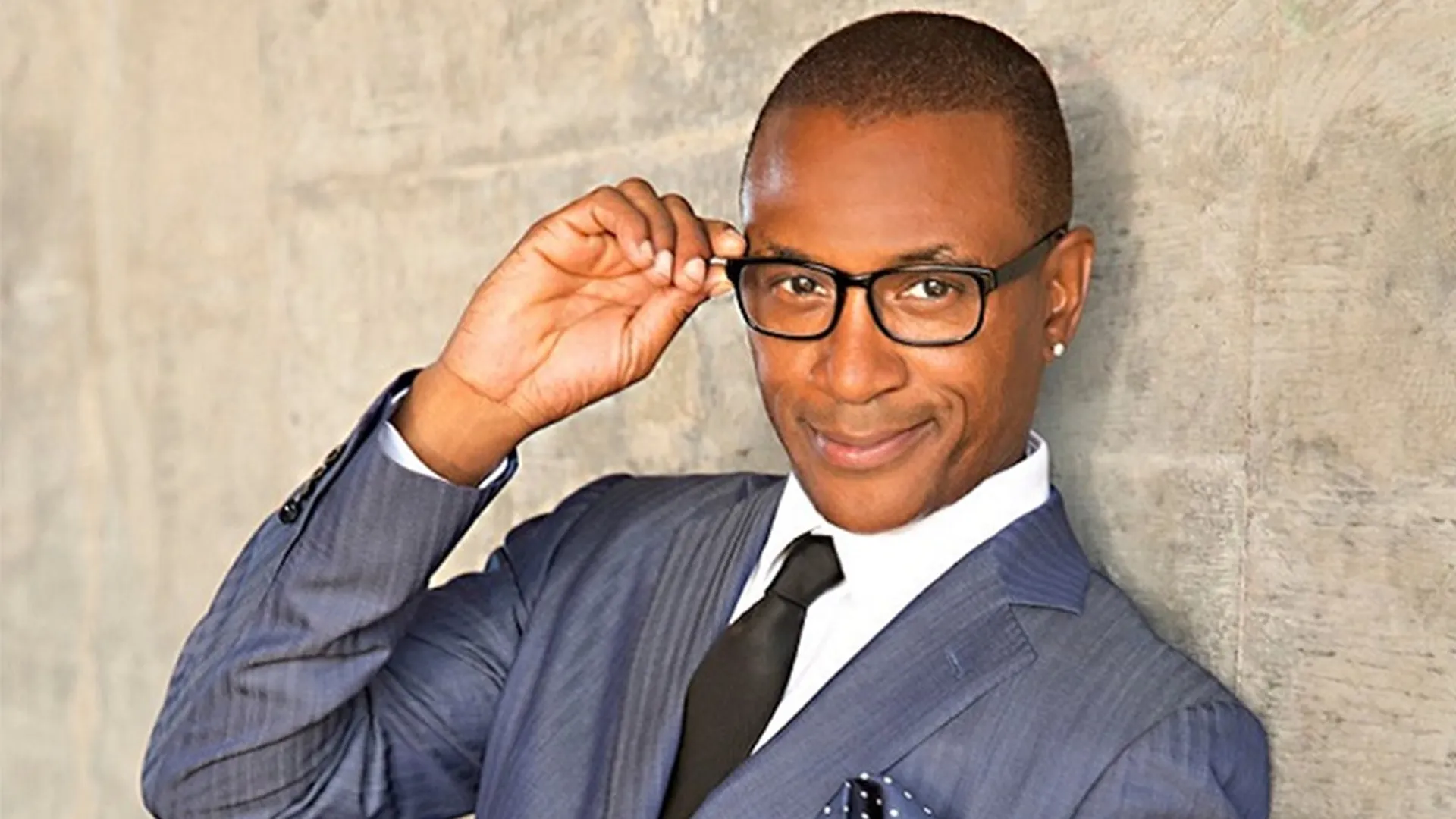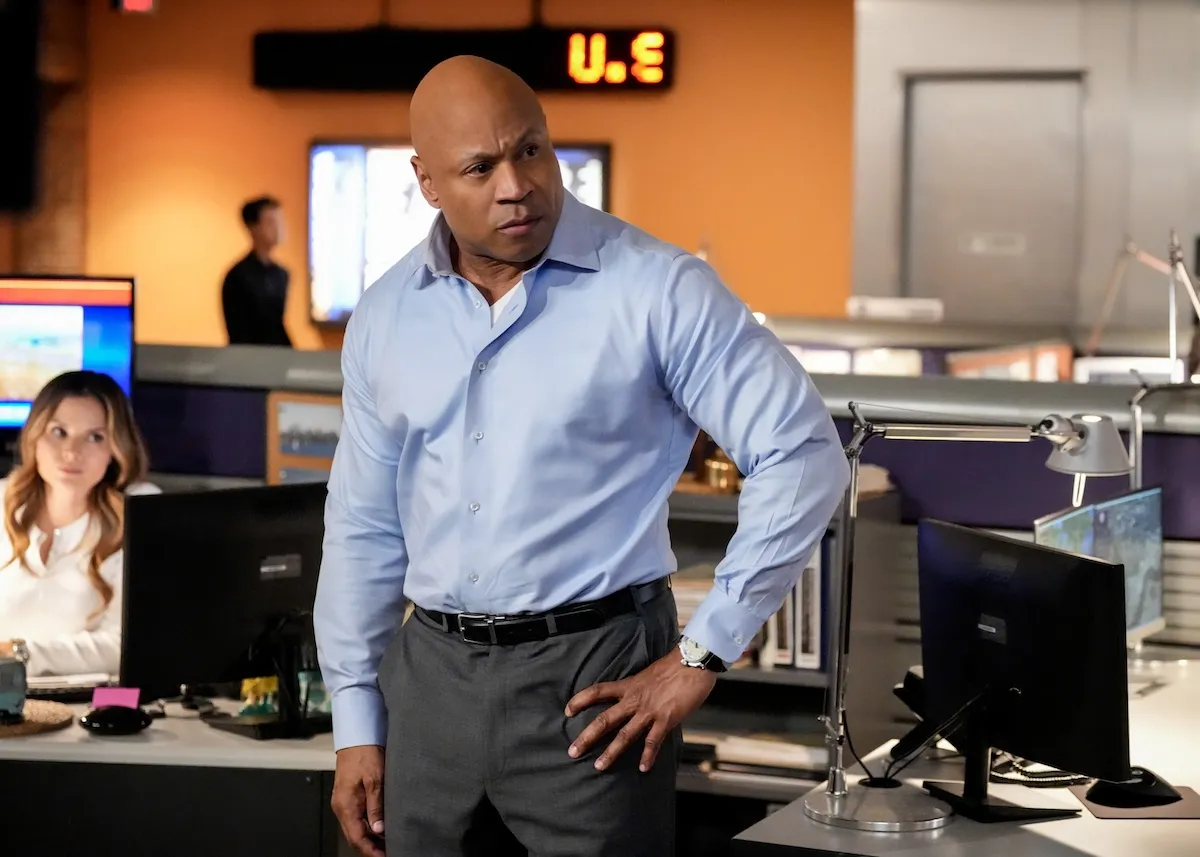‘The Cuphead Show’ Review: Cuphead and Mugman’s Adventure Misses Its Charm
Netflix’s newest cartoon, The Cuphead Show, is almost here. This adaptation of Studio MDHR’s hit 2017 video game, Cuphead, follows brothers Cuphead and Mugman (a pair of anthropomorphic mugs) on various misadventures throughout their home of Inkwell Isles. Like the video game, The Cuphead Show does an excellent job with the animation. However, its underdeveloped plotlines and lack of video game elements lead to a mostly underwhelming experience. Here’s our review of The Cuphead Show.

There’s nothin’ a little brotherly love can’t solve
At its core, The Cuphead Show is all about brotherhood. Cuphead and Mugman fight like most brothers, but they always have each other’s backs. Whether it’s saving one another from the Devil at an evil carnival or surviving a night in a cemetery, brotherly love is at the heart of each episode.
Even Cuphead’s creation itself is a tale of two brothers. The video game was created by real-life brothers Chad and Jared Moldenhauer, who drew inspiration from their own sibling experiences.
“In the game, there’s an older brother/younger brother dynamic,” Jared recently told Animation Magazine. Chad added, “When we were growing up, I was always attracted to the main hero character while Jared, for whatever reason, liked the sort of out-of-the-box, weird characters who didn’t suit the perfect hero image.”
Cuphead and Mugman perfectly embody those tropes. Cuphead, the one with the red nose, often acts impulsively and likes to live on the edge, even if it’s dangerous. Meanwhile, Mugman takes a more careful approach to their adventures and serves as the voice of reason. Their dynamic is one that many sibling viewers will likely find relatable — as someone with three siblings, I certainly did.
‘The Cuphead Show’ is a love letter to vintage cartoons
What makes both Cuphead and The Cuphead Show stand out is the animation style. The video game and cartoon were designed with 1930s Fleischer cartoons in mind, taking inspiration from Disney’s Silly Symphonies and other vintage animations. The Cuphead Show does a great job of recreating that ’30s vibe while still adding a modern flair. It even nails the music, channeling ’30s jazz with a few scat-filled and trumpet-heavy musical numbers.
The voice-acting is also well-suited for each character. Tru Valentino gives Cuphead a loud and excited tone that easily distinguishes him from Mugman’s (Frank Todaro) reserved and quiet voice. Meanwhile, the cartoon’s baddies like the Devil (Luke Millington-Drake) and King Dice (Wayne Brady) have suave yet sleazy tones that are perfect for any villain. Plus, everyone has an old-school New York accent, which adds to the ’30s charm.
Cuphead and Mugman stray from their video game roots
It is important to note that Cuphead fans looking for a faithful adaptation of the video game won’t quite get their wish. The Cuphead Show features cameos from many Cuphead bosses and other NPCs, including King Dice, Porkrind (and his Emporium), Ribby and Croaks, Elder Kettle, and more. However, the cartoon is mostly its own concept.
Cuphead and Mugman do go up against the Devil, but the terms are slightly different: instead of a casino, the brothers find the Devil at an evil carnival (aptly named CarnEvil). And instead of Cuphead and Mugman collecting souls for the Devil, it’s the Devil who wants to collect Cuphead’s soul.
Unfortunately, Cuphead and Mugman are missing their iconic finger guns, used to take down enemies in Cuphead. That’s a big part of the game, and taking it out means losing a bit of Cuphead’s charm.
‘The Cuphead Show’ fails to hit a universal audience
Speaking to Animation Magazine, executive producer Dave Wasson revealed that The Cuphead Show aims to have a “universal appeal” — something for the whole family to enjoy. As an adult who occasionally thinks like a child, I can say that The Cuphead Show *might* keep a kid entertained for a few hours. However, from an adult perspective, the predictable humor and stories are mediocre at best.
The Cuphead Show’s 12-minute, 12 episode format makes it quick to get through but doesn’t leave much time for fully developed plots. It didn’t really hold my attention. And even with a cliffhanger ending, I don’t find myself eagerly waiting to see what happens next.
If the animation styles are all The Cuphead Show has to offer, fans are better off playing the video game.
The Cuphead Show arrives on Netflix on Feb. 18.


